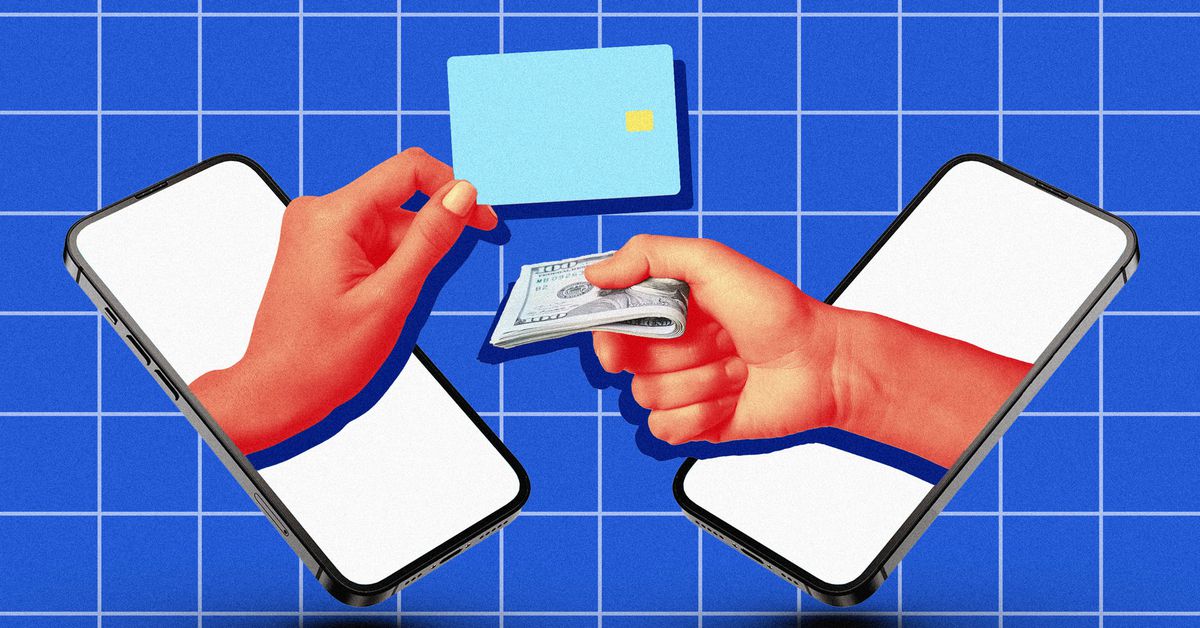“If you’re someone who’s buying products on the web, we know who is buying the products where, and we can leverage the data,” Grether said in a statement to the WSJ. He also said that PayPal will receive shopping data from customers using its credit card in stores.
A PayPal spokesperson tells the WSJ that the company will collect data from customers by default while also offering the ability to opt out.
PayPal is far from the only company to sell ads based on transaction information. In January, a study from Consumer Reports revealed that Facebook gets information about users from thousands of different companies, including retailers like Walmart and Amazon. JPMorgan Chase also announced that it’s creating an ad network based on customer spending data, while Visa is making similar moves. Of course, this doesn’t include the tracking shopping apps do to log your offline purchases, too.



This is the best summary I could come up with:
The company’s new advertising business will encompass purchase information and customer spending habits from PayPal and its sister app Venmo, according to The Wall Street Journal.
A PayPal spokesperson tells the WSJ that the company will collect data from customers by default while also offering the ability to opt out.
When asked about the kinds of data PayPal will collect, spokesperson Taylor Watson told The Verge that the advertising platform is still in “early stages” and that the company doesn’t have “definitive answers” yet.
“Alongside the advertising business, PayPal will build transparent, easy-to-use privacy controls,” Watson says.
In January, a study from Consumer Reports revealed that Facebook gets information about users from thousands of different companies, including retailers like Walmart and Amazon.
JPMorgan Chase also announced that it’s creating an ad network based on customer spending data, while Visa is making similar moves.
The original article contains 325 words, the summary contains 143 words. Saved 56%. I’m a bot and I’m open source!